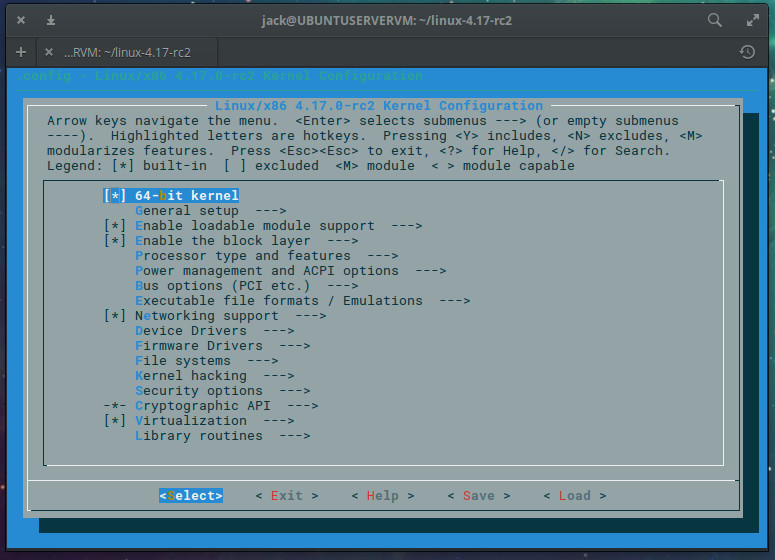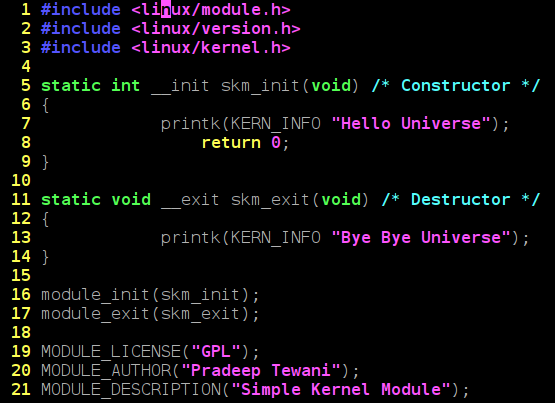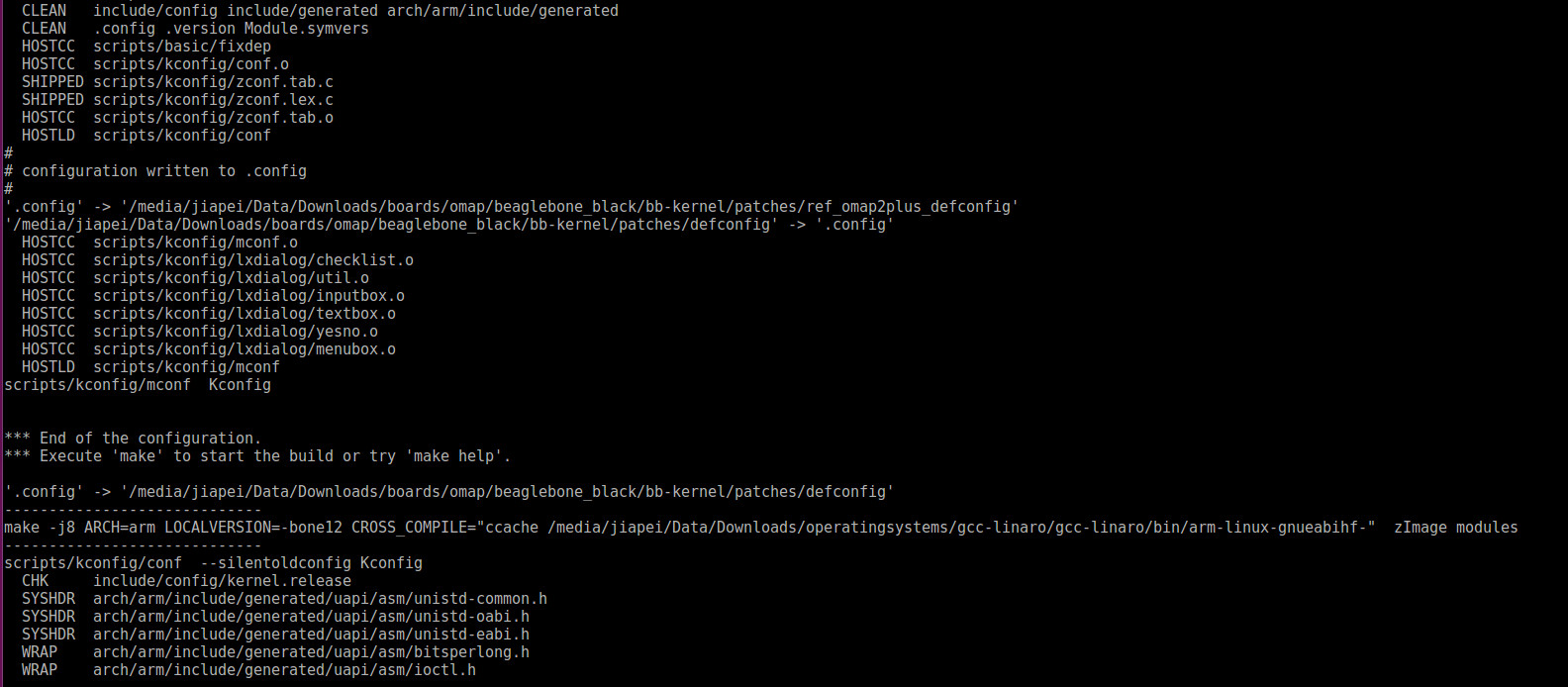

- #Describe the ways to build a linux kernel install#
- #Describe the ways to build a linux kernel update#
- #Describe the ways to build a linux kernel Patch#
- #Describe the ways to build a linux kernel series#
You can go through each one and check, but I find it's just simpler to set them all to whatever their default is. config, will be presented to you as an option. Basically any option that's in the kernel, but not in your.
#Describe the ways to build a linux kernel series#
The first time you run make, you will get a long series of questions about whether or not you want any of the new CONFIG options. %> make -j `getconf _NPROCESSORS_ONLN` deb-pkg LOCALVERSION=-mytestname For the purposes of this doc lets say the kernel version of the source is 3.15.0-rc4. The package files and kernel can be tagged with a custom kernel name which is in addition to the version. With a single command, you can build the kernel using as many processors as possible (for speed) and then automatically package it into. The source tree has been setup to build virtually everything kernel related via make. Now that the kernel's patched and configured, it can be built.
#Describe the ways to build a linux kernel Patch#
%> cat ~/workspace/suspendresume/config/enable_trace_events_suspend_resume.patch | patch -p1 For sleepgraph there are several patches that help in tracing specific subsystems like USB, but for general purposes use the trace event patch: Now you should patch the kernel source with whatever additions you want made. It's not necessary to run the kernel and it makes the build take 3 times as long. It tells the kernel *not* to build a gigantic 800 MB debug info package. Then edit it to be sure these lines are enabled:Īnd also, you may want to disable this line. This way you know the kernel is built with the right options to run on your system. I find the easiest way is to copy your OS's current kernel config over and edit that. The first thing you need to do now is create a config for the kernel. %> cd ~/workspaceĬonfiguring and Patching the Kernel Source You might as well also download the latest sleepgraph as well from git so you can use the patches. %> git clone git:///pub/scm/linux/kernel/git/torvalds/linux.git It may take several minutes to download the whole thing, the kernel source and its git history is over 2GB now. Use git to clone the folder: this is what you will be building. The latest kernel is Linus Torvald's git repo on.
#Describe the ways to build a linux kernel update#
Update the kernel command line by editting the grub config and running update-grub (if you don't run update-grub, the config won't actually change for existing or newly installed kernels).
#Describe the ways to build a linux kernel install#
%> sudo apt-get install python2.7 build-essential git-core util-linux openssh-server But if you're also building the kernel on the system be sure these packages are installed. The tool only requires python2.7 and util-linux (for rtcwake). Most linux distros automatically have everything you need to run sleepgraph immediately after a fresh install. Configuring Linux for sleepgraph Usage and Kernel Build NOTE: For Ubuntu, if you don't like the new unity desktop and want to go back to the good old gnome desktop, install the "gnome-panel" package, then logout, and before logging back in select the gnome classic (Metacity) desktop. Once this is done, reboot, remove the key when it tells you to, and you're good to go. The OS should boot to a live image running off the key, and you can then select "Install to Disk" in order to install the OS. Normally, system boot sets USB devices first to boot if found, but if your system doesn't, press F7 (or whatever key it tells you too on the boot screen) to pull up the boot menu. Once dd is finished, remove the key and insert it into a USB port on your test system. %> sudo fdisk -lĭisk /dev/sdc: 8192 MB (this is the usb key's device, you can tell by the size)

First insert the key, then use fdisk to determine its device, then burn the image. Fedora uses RPM files for packaging so the build/install process will be slightly different.ĭownload and burn this image to a USB key that has at least 2GB of space.

For the purposes of this documentation, I'm assuming the use of Ubuntu (or at the very least a debian based linux distro). if you have a linux OS already installed on your test system then skip to the section on building the kernel.

The safest way to test the latest kernel is to install a basic OS as the vehicle, such as ubuntu or fedora.


 0 kommentar(er)
0 kommentar(er)
